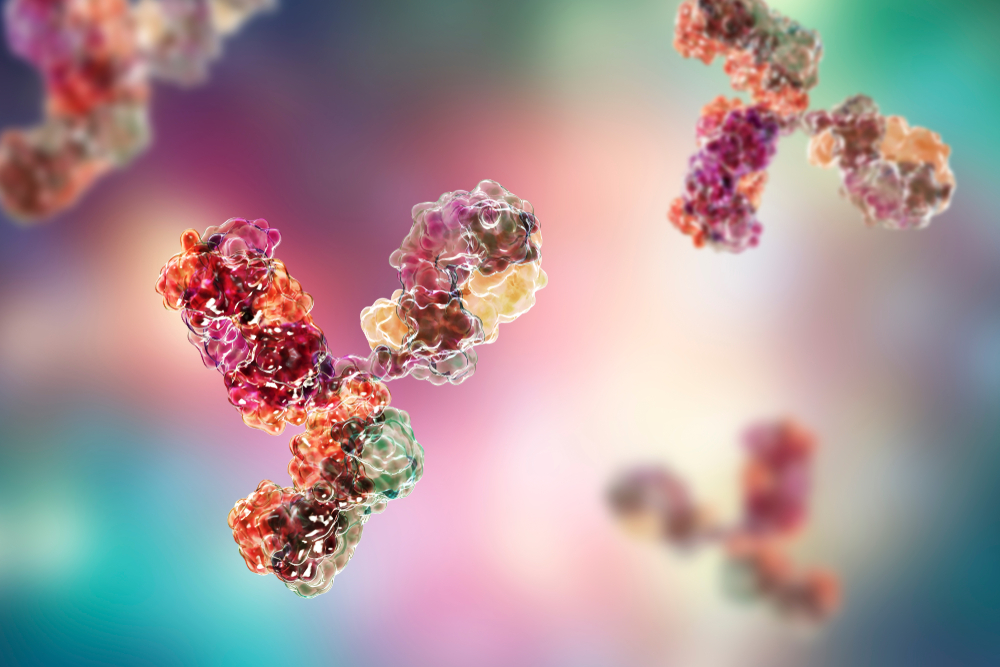RABBIT ANTI-HIV-1 TAT
Rabbit anti HIV-1 TAT. This polyclonal antibody recognizes Tat protein from HIV-1 Clade/Sub-types A and B.
PRODUCT DETAILS – RABBIT ANTI-HIV-1 TAT
- Rabbit anti HIV-1 Tat polyclonal antibody.
- Immunogen was prepared from recombinant purified Tat protein (HIV-1 Clade B) expressed in E. coli.
- Suitable for use in ELISA, Western blot and IFA applications.
BACKGROUND
The HIV Tat protein stands for “trans-activator of transcription,” and is a viral regulatory protein. A prevalent form consists of 86 amino acids with a weight of 16 kDa, but can vary by subtype. It is expressed early after the virus integrates into the cell, and stimulates the elongation of RNA polymerase II. It binds onto a sequence known as the TAR, or transactivator response element, located at the end of the HIV sequence. There, the tat protein binds to nascent HIV transcripts and assists in recruiting the transcriptional elongation factor pTEFb to improve the processivity of further viral gene transcription. The tat protein-TAR complex speeds up the rate of viral reproduction by about a thousand times. If it is not present, the transcriptionprocess frequently stops short, and few functional HIV particles are produced.
The HIV-1 regulatory protein tat is considered an attractive target for the development of a multicomponent vaccine against HIV-1 infection. The protein is well conserved among different isolates and thus may be less susceptible to mutation leading to the production of escape virus variants. Tat is produced early after infection and it’s essential for virus replication and infectivity. Tat protein is also immunogenic and antibodies (Ab) against tat have been correlated with delayed disease progression and may exert protective effects inhibiting HIV-1replication. Moreover, tat is efficiently taken up by monocyte-derived dendritic cells, promoting their maturation. Finally, murine vaccination with a biologically active tat protein has been shown to be safe and immunogenic.
REFERENCES
- Karn, J. Tat, a novel regulator of HIV transcription and latency. HIV sequence database. 2019

